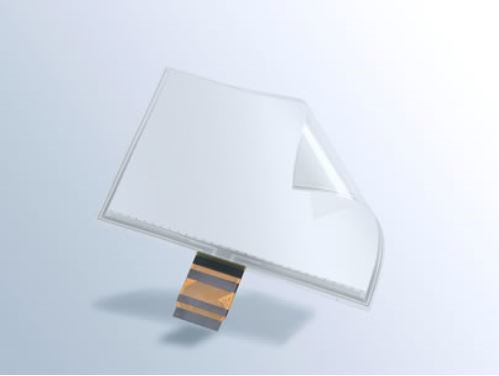Environmental Report 2020
Eco-friendly Products
Product-Related Efforts
Eco-friendly efforts starting from the design stage are underway in order to reduce environmental impact at each stage, from product manufacturing and use to disposal.In product design, materials with low toxicity are being used, and products are being made more energy efficient. And in mold design, other eco-friendly efforts are being pursued, including improving the utilization rate of mold materials and increasing the life of the molds themselves.
The eco-friendly efforts for each product are introduced below.
Examples of Eco-friendly Products
Connectors
MX56 series (service plug) product
(1) Achieve an eco-friendly society by reducing CO2 emission through product dissemination
This product is an essential component for environmentally friendly vehicles as a high voltage circuit breaker for lithium-ion batteries, required when inspecting and servicing those parts where high voltage and current flow. The spread of environmentally friendly vehicles that use this product has reduced CO2 emissions and contributed to the realization of an environmentally friendly society.
(2) Streamline service plug assembly work at customer sites
The service plug itself has been standardized, and the cable and bus bar menus are arranged in different layouts for each vehicle type, thereby simplifying the assembly process for customers and helping them to save energy.
(3) Environmentally friendly specifications (RoHS compliant products)
The constituent parts of this product comply with the RoHS directive and reduce the amount of environmentally hazardous substances used in all processes from production to disposal.
Environmentally friendly vehicle motor/inverter connection adapter
(1) CO2 reduction through product diffusion
This product is used in environmentally friendly vehicles, so-called “eco-cars,” and contributes to their diffusion. It reduces fossil fuel consumption and contributes to CO2 reduction.
(2) While expanding the use of renewable energy through product diffusion,
increasing the opportunities to charge automobiles in ordinary households will increase electricity consumption and promote the spread of smart grids and, eventually, the use of renewable energy (solar and wind power generation).
(3) Resource saving in design
As for the constituent parts, we try not to manufacture new equipment by diverting the parts of customer products and the parts of other items in the company.
(4) Environmentally friendly specifications (RoHS compliant products)
The constituent materials of this product are RoHS directive compliant and are environmentally friendly.
User Interface Solutions
Automotive film sensor (TC23 series)

(1) User Interface Solutions
The touch panel sensor has been changed from conventional glass to film to reduce the weight of the main unit.
(2) Reduced usage of rare metals
In conventional glass sensors, rare metals are used for the sensor electrodes, but now we are using high-definition printing technology to form electrodes without using rare metals.
Building a sustainable world
Significance of the 2020 Environmental Report
Symbol of the Group's Environmental Policies
Scope of Reporting and Editorial Policy
Policies and results of environmental activities
Environmental Management
- Implementation Status of the Environmental Management System
- Environmental Audits
- Environmental Education
- Environmental Risk Management
- Environmental Accounting
Engaging with Society
- Involvement with biodiversity
- Supply Chain Management
- Eco-friendly Products
- Social contribution activities
- Environmental Activity History
Initiatives to reduce environmental impact